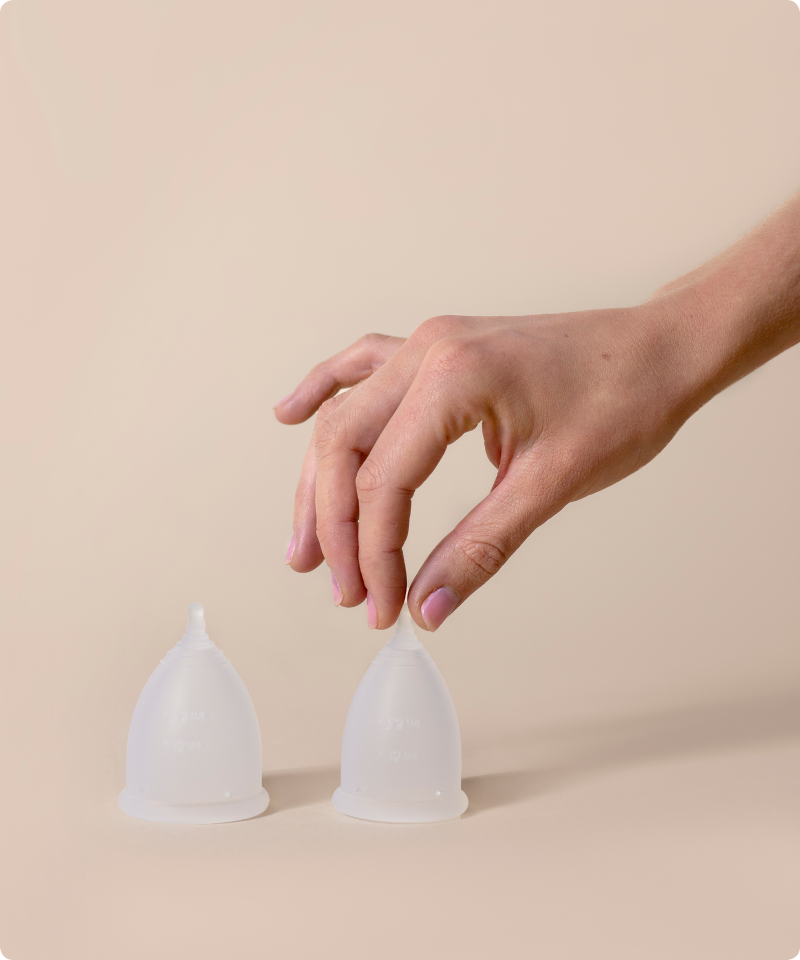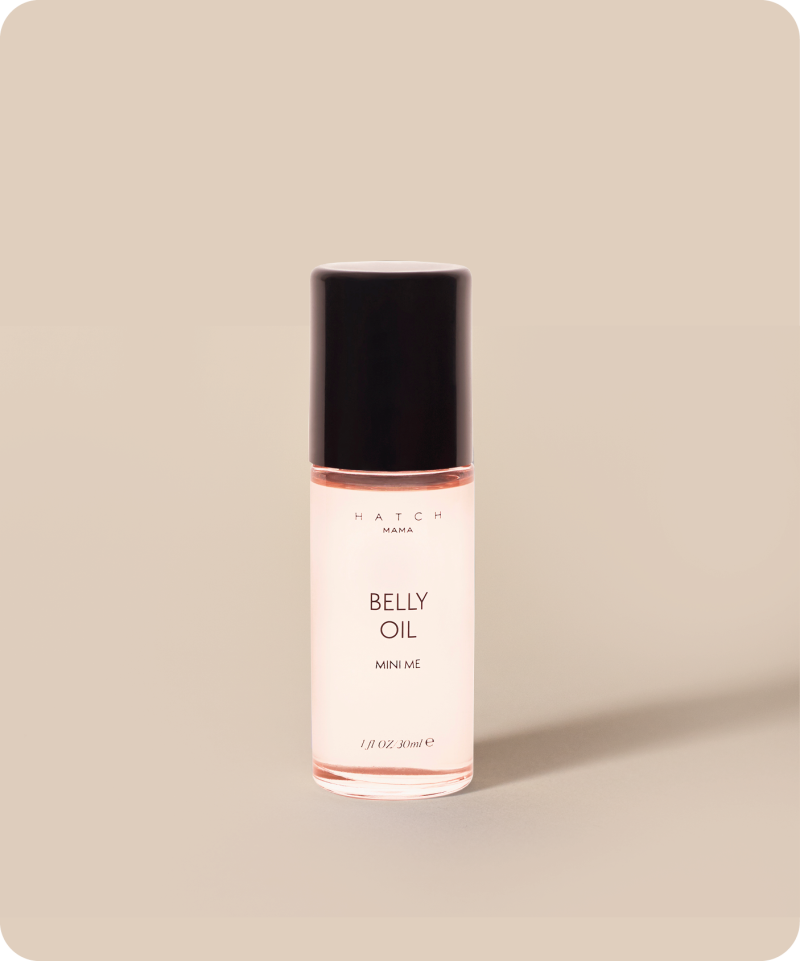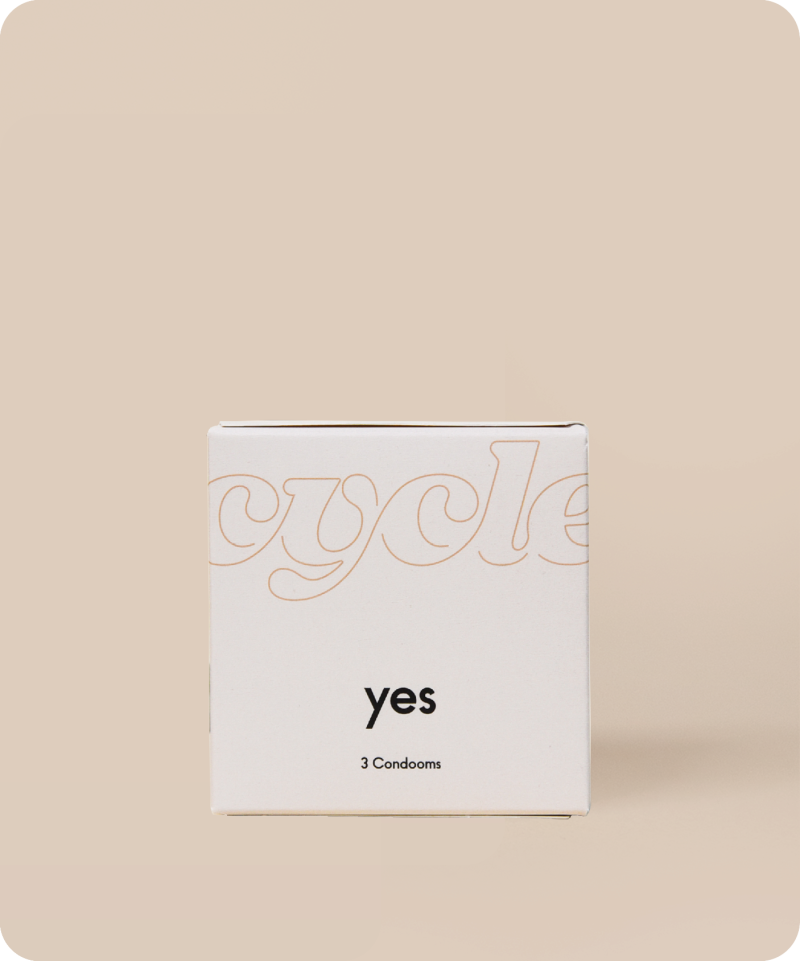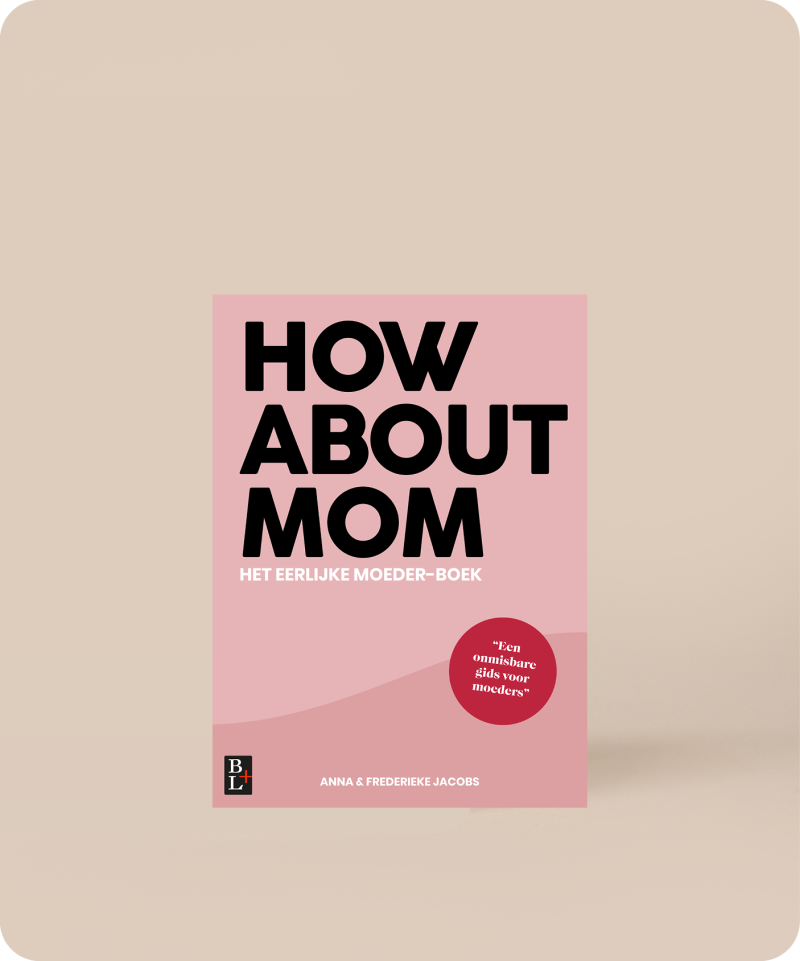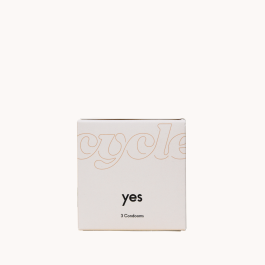Everything you need to know about the contraceptive pill
Approved by
You just take a teeny tiny pill every single day at the same time et voila you’re not getting pregnant. It sounds super easy and that’s because it is! But before you get there, you still have to choose which kind of pill to get. And that’s not as simple as you’d think. There are a dozen kinds of contraceptive pills that are all slightly different from each other. One of the most remarkable differences? The fact that the amount of estrogen can differ depending on the pill: it can be really high in one pill, but very low in another pill.
The pill can be divided into the first, second, third and fourth generation pil.
The first generation pill is no longer available in the Netherlands. This kind of contraceptive pill has a very high amount of both estrogen and progesterone. The amount of estrogen was even so high that women who took the pill had an increased risk of developing thrombosis and breast cancer.
The second generation pill is the most used pill in the Netherlands. It has a significantly lower amount of estrogen and so out of all the kinds of pills, this one has the lowest risk of causing thrombosis. For example, 15 out of 100,000 women who take the 2nd generation pill suffer from thrombosis, compared to the number among women who don’t take any pill, which is 5 out of 100,000. The most common side effects when taking this kind of pill are: a headache, sore breasts, lethargy, mood swings or feeling down, and lowered/lack of sex drive. You can experience these side effects because the pill takes over the work of your own hormone balance.
The third generation pill has the same amount of estrogen as the 2nd generation pill, but it contains a different kind of progesterone (desogestrel or gestodene). The risk of getting thrombosis when using this pill is 25 out of 100,000. The most common side effects of this pill are the same as the side effects of the 2nd generation pill.
The fourth generation pill also has the same amount of estrogen as the 2nd and 3th generation pills. The difference is once again the progesterone, with the 4th generation pill containing either drospirenone or dienogest. These hormones have an even greater risk of causing thrombosis.
Side note
These statistics about thrombosis are for people who don’t smoke. If you smoke, the chances of you developing thrombosis increases even more. In that case it’s not recommended to take the pill. The chance of getting thrombosis is the highest in the first year of taking the pill. You can take every kind of contraceptive pill without taking a pill-free week, you can read more about that here. As soon as you start bleeding, also called spotting, while you’re taking the pill without a break, you should finish the strip and take a pill-free week after all.
What is what?
Because there is a whole range of pills on the market, you may not see the forest for the trees, so we’ve listed the most commonly used pills for you:
microgynon 30 and stediril 30
The Microgynon 30 is a 2nd generation pill and that means it contains less estrogen (female sex hormone) than a 1st generation pill. The low amount of estrogen is a big plus because the less estrogen it contains, the lower the risk of getting thrombosis. This pill is also very suitable for if you want to skip your period and have no pill-free week.
Stediril and Lovette are actually the same as Microgynon 30, only they are from different manufacturers. The pills are sub-50 pills, which means that they contain less than 50 microgram estrogen per pill. Microgynon 20 contains an even smaller amount of estrogen.
Marvelon
The contraceptive pill Marvelon is also a 3rd generation pill that contains the hormone desogestrel.
Diane-35
The Diane-35 was originally not a birth control pill. This pill contains a low dose of progesterone - in this case cyproterone. This makes the pill suitable for women who are sensitive to the conversion of testosterone, which stimulates hair growth and acne. Cyproterone is an anti-androgen which reduces the production of sebum. However, due to the side effects, the Diane-35 pill is no longer prescribed nowadays.
Yasmin
Dealing with acne and a bloated feeling? Maybe the Yasmin pill can help you with that, since it’s been said that taking this 4th generation pill helps reduce your acne. Another big plus is that you don’t hold as much fluid, which means that you’ll also lose some weight (but too bad it’s only water weight). But that’s not everything, the Yasmin pill also helps you with severe menstrual symptoms. The Yasmin pill contains 20 micrograms of ethinylestradiol, which is an estrogen hormone. It also contains the progesterone drospirenone which works wonders for mood swings. Because it works so well, it’s also used as an official treatment against PMS symptoms. The downside is that taking this pill comes with a higher risk of getting thrombosis than the other pills. If you want to avoid that you could also take the Yazz pill. This pill contains the same kind of hormones as the Yasmin pill, but in a lower amount. You only have to stop taking the pill for 4 days before continuing, and during those days the bleeding is often very minimal.
Want to read more about hormonal acne? Read our article about ithere.
The triphasic birth control pill (trinordiol, trigynon)
The triphasic pill contains both the progesterone Levonorgestrel and the estrogen Ethinylestradiol which is why it’s also called a combination pill. There are three different kinds of pills in the strip and they all have different hormone levels. This means, for example, that one pill contains more estrogen than the other pill. But, the amount of progesterone is always higher than the amount of estrogen. You take these three kinds of pills in phases. You start with one kind and you change about every seven days, so that it ‘copies’ the hormonal changes during the menstrual cycle. Good thing the pills are categorized by color so you know which phase you’re supposed to be in.
In the first phase you take six light brown pills that contain 50 micrograms of levonorgestrel and 30 micrograms of ethinylestradiol. Then you take five white pills that contain 75 microgram of levonorgestrel and 40 microgram ethinylestradiol. and in the third and final phase, there are ten ochre pills that contain 125 microgram of levonorgestrel and 30 microgram ethinylestradiol.
The minipil: Cerazette
The Cerazette is a pill that only contains one kind of hormone: the progesterone desogestrel. People who can’t handle estrogen or experience side effects because of the estrogen in the combination pill usually take this pill. The Cerazette is also the only pill you can take while you’re breastfeeding. You take this pill continuously without a break, so that means you take this pill every single day (the advice is to also take it at the same time). Because you don’t have a pill-free week, you also don’t know when you’ll exactly get your period.
General side effects of the contraceptive pill:
common side effects (affects 1 to 10 users in 100)
mood swings
depressive feelings
sensitive breasts
painful breasts
weight gain
nausea
abdominal pain
uncommon side effects (affects 1 to 10 users in 1,000):
decreased sex drive
changing or growing breasts
skin rashes
fluid retention
migraines
nausea
diarrhea
thrombosis
rare side effects (affects 1 to 10 users in 10,000):
weight lose
irritated eyes when using contacts
hypersensitivity
increased sex drive
skin rash with lumps, bumps and fluid retention
nipple discharge
If you have diarrhea or if you throw up within three hours after taking the pill, you should make sure to take another pill. It’s also smart to use another form of birth control in addition to the pill for the rest of the strip. This is because the chances of pregnancy increases if you have diarrhea or if you have to throw up. The pill is also less reliable if you suffer from an intestinal disease because the hormones won’t be absorbed as well. Do you want to know more about the possible long term effects of taking the pill? Read more here!
Mental risks of the pill
It has now been shown that the use of the combined pill leads to changes in the brain of the pill user, but we do not yet know exactly what and what the consequences of this are. More research is needed. But what do we know?
Some of the pill users, about 4 to 10%, experience psychological symptoms from the pill such as mood swings, reduced sexual desire and arousal or feel depressed by the pill. Especially if you have a history of dejection or depression, it is wise to keep a close eye on this because once you have had depression (and it has not been treated properly) there is a greater chance of another depression.
The pill in teenagers
Almost all women use the pill at some point in their lives and most of them start using it as teenagers. But especially among young girls, the use of the pill is not without risk, according to (limited) research. A 2019 study concludes that the use of oral hormonal contraception in young girls in particular increases the risk of depression, both in the teenage years and in adulthood.
Forgot the pill
Read this article to know what to do when you’ve forgotten the pill. We will answer the most frequently asked questions!
Morning-after pill
Did you have unprotected sex, but you don’t want to get pregnant? In some cases the morning-after pill can be the ideal solution to your problem. It’s a good idea to first check if you can and really need to use the morning-after pill. Do you want to take the morning-after pill? You should do this ASAP after you had unprotected sex. You should take it at least within 12 hours of the deed, but the sooner you take the morning-after pill the better it works and the less chance you’ll have of getting pregnant. There are 2 kinds of morning-after pills, one with levonorgestrel and one with ulipristal. If you have the one with levonorgestrel you should take it within 72 hours (3 days) and if you have the one with ulipristal you should take it within 120 hours (5 dagen). Both pills are available without a prescription and can be bought at the (online) drugstore or the pharmacy.
Want to know more about the morning-after pill and the working of it? Read more here.
IUD
There’s another option besides the morning-after pill. You could get a copper IUD. There should be no need to worry if you get it placed within 5 days of having unprotected sex. Do you want to know more about getting, as well as removing an IUD? Read the article about it here.
In recent years, more and more people are getting reluctant to take the contraceptive pill. Mental issues such as depression, loss of sexual interest and mood swings are not mentioned in the prescription but are experienced by a lot of people as side effect. Since 2020 the Dutch GPs have to take the possible mental consequences into account when prescribing the contraceptive pill.











